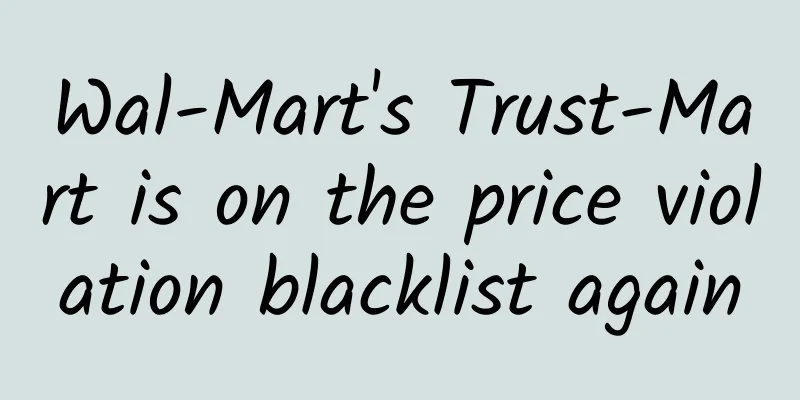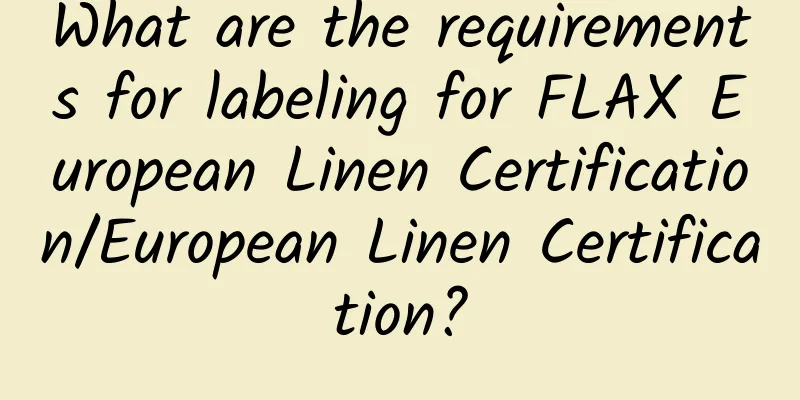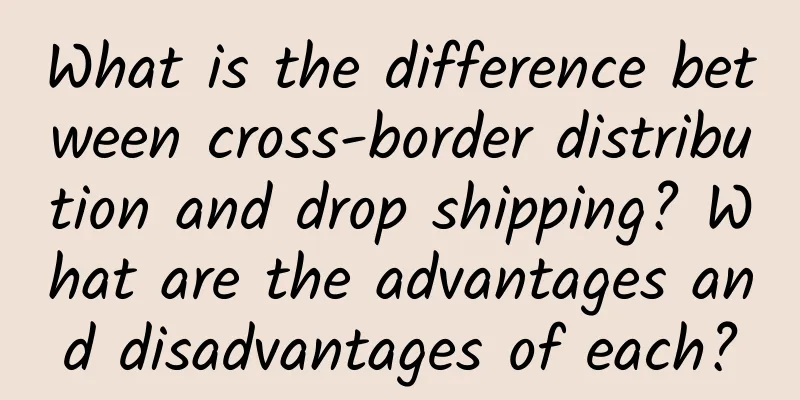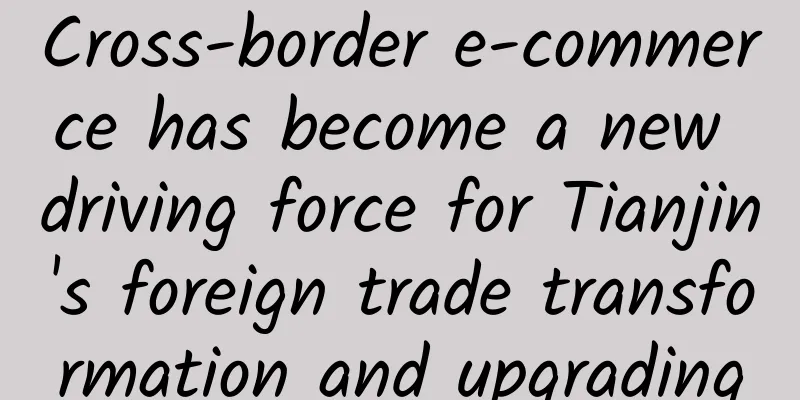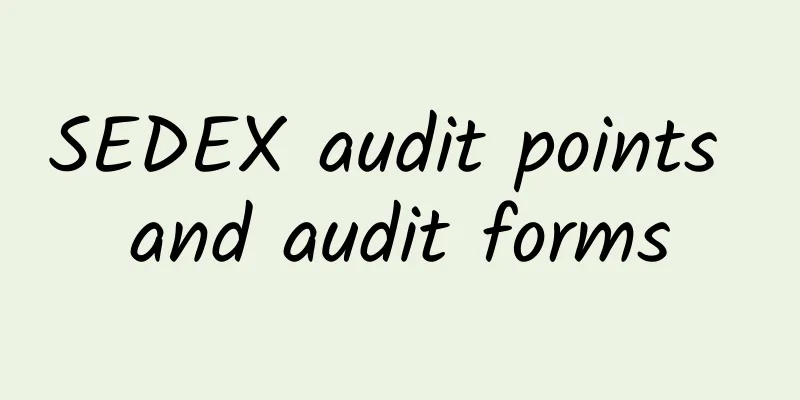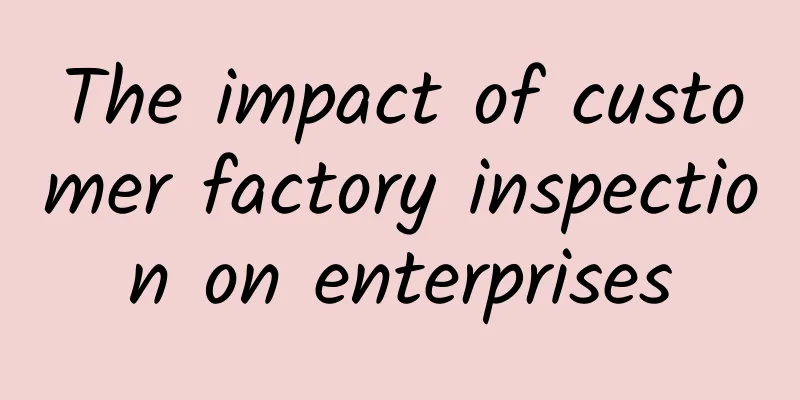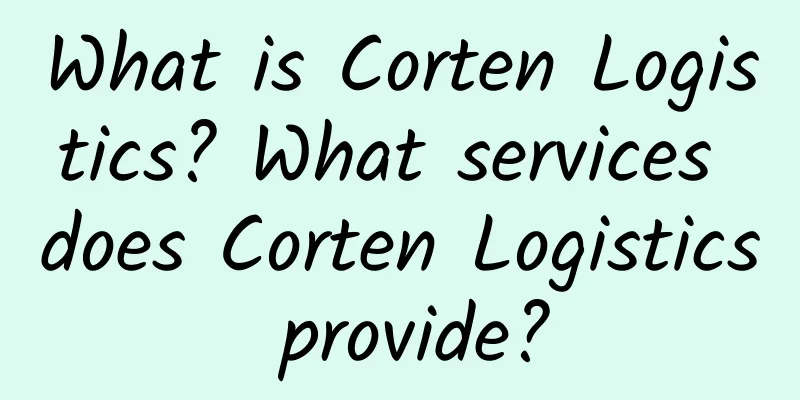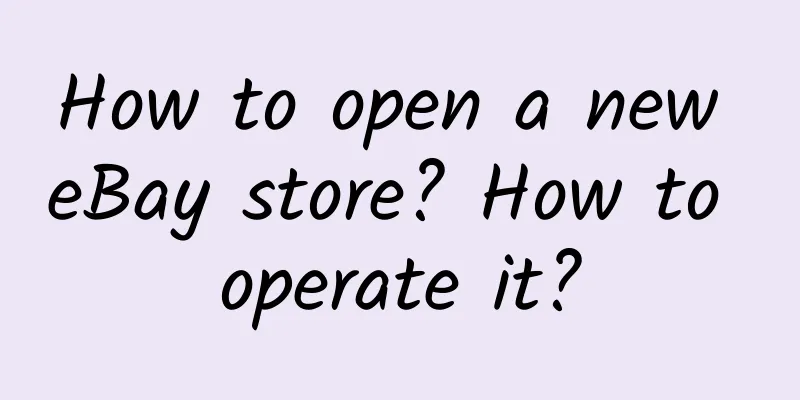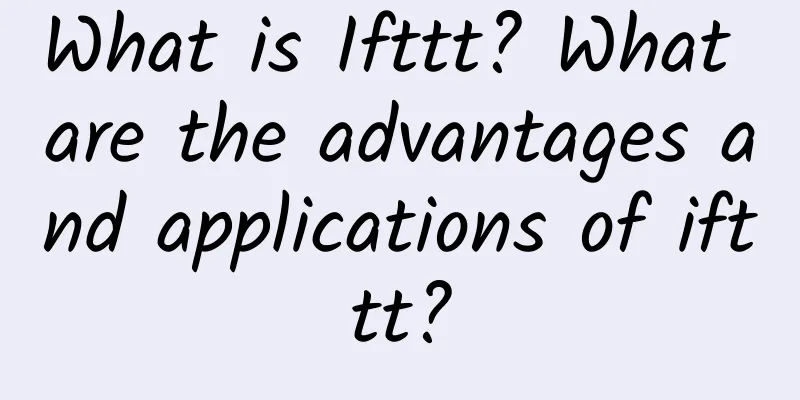Carbon tariffs arrive early, not a tiger but a lucky cat
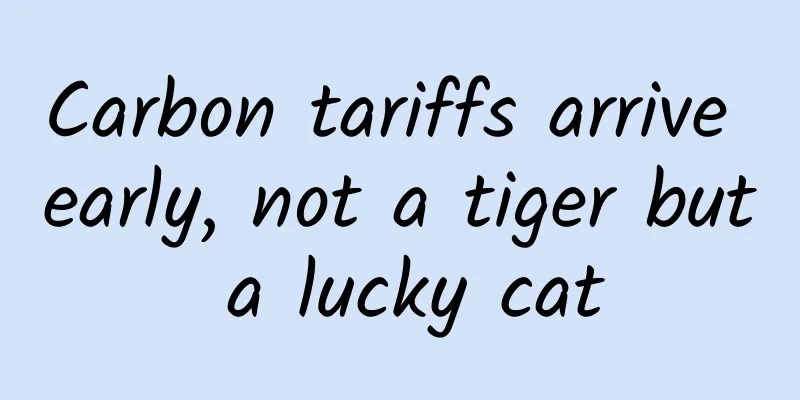
|
1. EU “Carbon Tariff” On March 15, 2022, the European Council announced that the EU Carbon Border Adjustment Mechanism (CBAM) was passed. This mechanism is commonly known as the "carbon tariff". Once implemented, the EU CBAM will become the world's first "carbon tariff". The scope of the "carbon tariff" covers five areas in the European market: electricity, steel, cement, aluminum and fertilizers. The carbon tariff policy, which was originally planned to be levied in 2026, was also brought forward to 2025 according to the heavy news a few days ago. Many people say that this is the EU's clampdown on developing countries represented by China, and that the carbon tariff policy is a typical practice of restricting others without restricting oneself. First, the product carbon emissions accounting methodology of the EU carbon tariff is very rough, the product range covered is very small, and a two-year transition period is set. Given that there are many incompatibilities between the EU carbon verification system and the Chinese carbon verification system, data accounting needs to be further standardized. Secondly, the EU carbon tariff mechanism is very cleverly designed. It neither violates the WTO's principles of non-discrimination and national treatment, nor does it obviously violate the principles of "common but differentiated responsibilities" and "respective capabilities" in climate negotiations. Morally speaking, the EU believes that the carbon trading mechanism it implements has brought additional economic burdens to EU local companies, leading to the outflow of industries to other countries, which do not have carbon markets or carbon tax mechanisms, and then exporting products back to the EU, which is an unfair competition for EU local companies. Therefore, the EU calls the above situation "carbon leakage" and designs carbon tariffs as a complementary mechanism for the EU carbon market - selling EU goods either pays the cost of carbon reduction in the EU carbon market or pays the cost of carbon reduction in the EU carbon tariff. At the same time, the EU has designed a complete exemption rule. For example, after Brexit, the UK established its own carbon market (UK ETS), and the price of carbon quotas is higher than that of the EU, which makes the carbon reduction burden of British companies heavier, so the corresponding goods fully enjoy the exemption conditions. Carbon tariffs may also be imposed on the world-renowned United States in the future, but the United States will definitely find a different approach and come up with a carbon tariff policy that is more in line with its own interests, and it is very likely that it will reach an agreement with the European Union in some sense and act in concert with the outside world. 2. Macroeconomic impact of carbon tariff policy on China Calculating the carbon emissions of a product over its entire life cycle (also known as its "carbon footprint") is the technical basis for carbon tariffs, and the product's "carbon footprint" will be reflected in the form of a "carbon label." Carbon labeling first appeared in the UK. Its main connotation refers to the greenhouse gas emissions of a product throughout its life cycle, from raw materials, manufacturing, storage, transportation, disposal to recycling, which is reflected in the form of a label and notified to consumers. The quantification of carbon tariffs is directly related to the carbon emissions of the product throughout its life cycle, and the accounting rules are exactly the same as those of carbon labels. Therefore, the implementation of carbon labels in my country can reflect the EU's ability and feasibility to implement carbon tariffs in my country. The survey found that there are no technical barriers for the EU to implement carbon tariffs in China. For electronic appliances, food, textiles and other commodities, domestic companies can already calculate the carbon footprint of products according to the PAS2050 and ISO14067 standards widely used internationally. The carbon footprint accounting technology for products such as steel, aluminum and cement covered during the EU carbon tariff transition period is less difficult; and during the transition period from 2023 to 2026, the scope of product carbon footprint accounting does not need to cover the entire life cycle, making accounting simpler. 3. Impact of carbon tariffs on Chinese industries The EU carbon tariff calculation rules are favorable to countries that use natural gas as their main energy source, because when burning coal and natural gas with the same calorific value, natural gas emits only about 70% of the carbon dioxide of coal. In the industrial field, the production technology, equipment level and energy efficiency level of Chinese companies have approached or even partially exceeded those of developed countries, but China's use of coal as the main energy source has led to a huge gap in carbon emissions, which cannot be made up by improving energy efficiency. Therefore, Chinese companies can only adopt two strategies: One is to change the energy structure, replacing coal with natural gas, or transferring production lines to countries with lower natural gas costs, such as the United States. The second is to use renewable energy, especially wind power and photovoltaics. While promoting the development of the wind power and photovoltaic industries, Chinese companies must also bear the corresponding energy transformation costs, which can share some of the "green inflation" pressure with the EU and keep the development of China's industrial chain consistent with the interests of the EU. In addition to wind power and photovoltaics, if China invests more in areas such as hydrogen energy and CCUS (carbon capture), it can also support the EU's energy transformation and carbon neutrality goals, but it will temporarily put a heavier burden on Chinese companies and finances. IV. What are the impacts of carbon tariffs on China’s key emissions? For industries such as steel, aluminum and cement that may be affected by the EU carbon tariff (CBAM), Chinese companies already have the data basis for calculating the carbon footprint of their products, and because of the short supply chain, the calculation is easy, but companies in these high-energy-consuming industries are not very willing to disclose carbon information. The data reported by enterprises under regulatory pressure also tends to gradually deviate from the actual situation (for example, tampering with the calorific value of fuel to cope with the comprehensive energy consumption constraints per unit product, etc.). However, with the continuous strengthening of the system, the continuous improvement of the industry, and the future integration with the EU carbon market, some fraudulent means will be difficult to hide. In addition, there is a clear quantitative relationship between the actual product output and carbon emissions of high-energy-consuming industries, which is not conducive to the release of production capacity by enterprises. After the implementation of the carbon tariff (CBAM), China's high-energy-consuming enterprises will face direct supervision by the EU government. Foreign third-party verification agencies and domestic agencies will conduct business in China, and various fraudulent behaviors that may occur in China's high-energy-consuming enterprises and possible defects in China's carbon emission accounting rules will be exposed. In terms of accepting EU supervision, since the carbon trading pilot has been carried out in China for many years, Chinese companies are already accustomed to carbon emission verification, so it will not cause too much burden. However, the EU carbon tariff requires additional carbon emission information from upstream energy suppliers to report indirect carbon emissions to the EU (indirect carbon emissions are not taxed during the transition period, but must be reported) . In addition, the cost of hiring a foreign third-party agency is relatively high, ranging from hundreds of thousands to hundreds of thousands of yuan. It is not yet clear whether this part of the cost is borne by the importer or the exporter. Regarding supply chain information disclosure, the ESG information disclosure of companies that is currently being actively promoted can strongly support the implementation of carbon tariffs, but it is still closely related to the uncertainty of ZZ, etc. It is even possible that due to a one-day policy change, the carbon tariff policy will undergo earth-shaking changes, plunging export companies into an endless abyss. 5. What new business will carbon tariffs bring to domestic third-party institutions? For ordinary people and enterprises, the following are possible participants when carbon tariffs come: Apply for the qualification of a foreign third-party verification agency to conduct third-party verification of carbon emission data of Chinese enterprises; Provide product carbon footprint accounting technical consulting services to enterprises; Help enterprises successfully pass the third-party verification; Entrusted by enterprises to help them declare carbon tariffs; Assisting foreign third-party institutions or foreign governments to conduct anti-fraud investigations in China Undertake carbon tariff-related policy research projects assigned by the Chinese government; Undertake carbon tariff-related research or promotion activities assigned by foreign governments. As the EU carbon tariffs come, in addition to the demand markets listed above, there will surely be more emerging industries and surrounding industries to empower this field, which is expected to create a large number of new businesses and more employment opportunities for these institutions. Considering that domestic institutions have made significant contributions to the implementation of the EU carbon tariffs, if part of the carbon tariffs levied by the EU are returned to China in the future, the use of the funds will be decided by the foreign government, and these funds will be used to further cultivate and fund these institutions that are beneficial to the carbon tariffs. Therefore, in the long run, the early collection of carbon tariffs will lead to an industrial reform in China. Once the carbon tax market matures, China can also use the reverse tax model to impose carbon tariffs on importing countries around the world. In addition, China's carbon market will gradually be integrated with the world market, which will in turn force the world's carbon prices to look towards China. Whoever has the pricing power for carbon prices will control the future. Are you still worried about not passing the factory inspection? Don’t worry! Chaowang Consulting has been engaged in factory inspection and certification consulting for many years. We have rich experience and connections, and are familiar with the process and steps of factory inspection and certification. We can help companies solve certification problems at any time, easily deal with them, and pass them smoothly! |
>>: What are the differences between product carbon footprint and carbon verification?
Recommend
What is Dream Pay? What products does Dream Pay have?
What is Dream Pay? Mengxiangfu is a leading payme...
Global recycling standard GRS factory inspection meets various customer requirements
The purpose of the "Global Recycling Standar...
Relevant points to note in anti-terrorism certification
1. Security Management System 1. Develop written ...
How to optimize keywords in eBay product titles?
How to optimize keywords in eBay product titles? ...
The significance of implementing HACCP certification
As a brand-new food safety guarantee model that i...
(Mothercare factory audit standards) Mothercare accepts ETI standard audit
Mothercare undergoes ETI audit Advantages of impl...
INSIGHT Project: Lengow’s unique features help you select products and platforms
What is the INSIGHT program? What is the purpose ...
ICTI Industrial Fire Prevention and Emergency Preparedness Survey Guide
1. Emergency reporting information - Let employee...
JCPENNY Factory Inspection Notice
Like many large foreign supermarkets, Jcpenny also...
Fujian factory inspection company, Fujian factory inspection network, Fujian factory inspection training-Shanghai Chaowang
Fujian Factory Inspection Company, Fujian Factory ...
Standard steps to open a store on eBay! Detailed explanation!
Step 1: Register a PayPal account & complete ...
The Latest Walmart Factory Audit Ethics Standards
WAL*MART/Wal-Mart Factory Inspection Latest Facto...
What is Yingke? What are Yingke's advantages?
What is Yingke? Yiwu Yingke E-commerce Co., Ltd. ...
How is Logistics World? What are the functions of Logistics World?
Logistics World National Logistics Information Ne...
The two-day training course for Shanghai Chaowang factory inspection specialists was successfully completed
Shanghai Chaowang's two-day factory inspectio...
